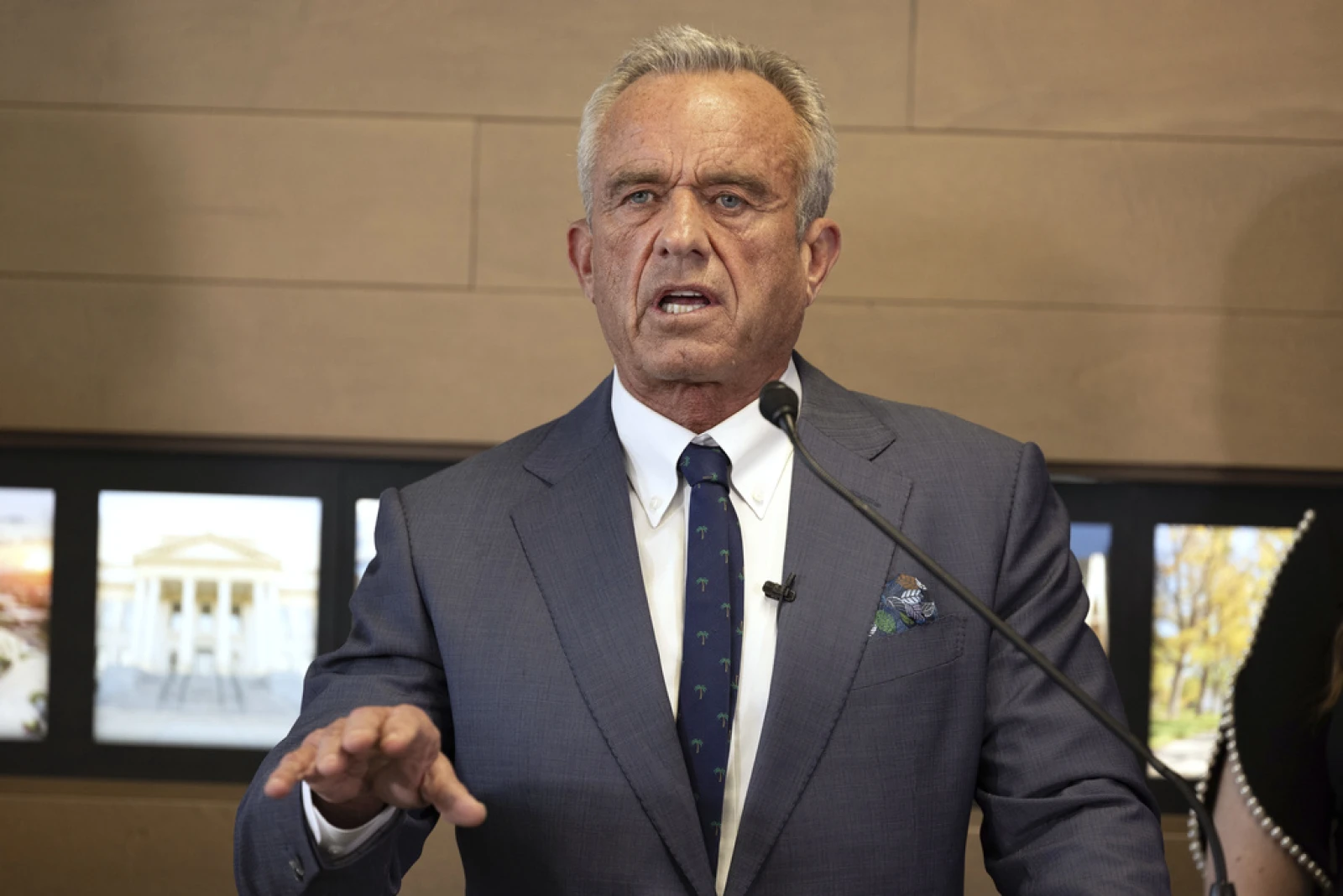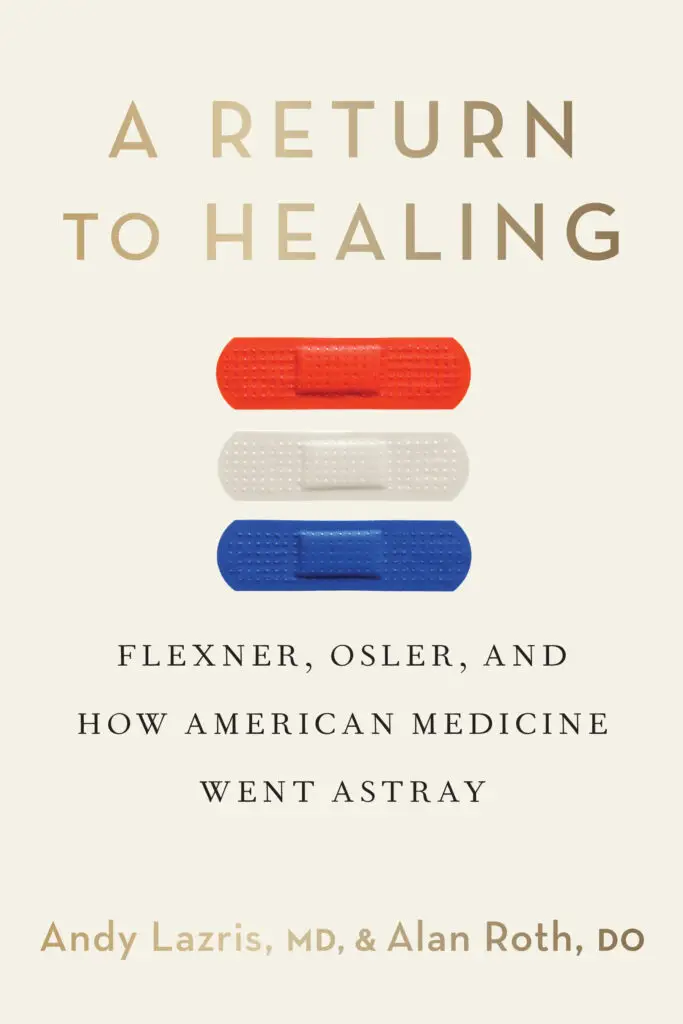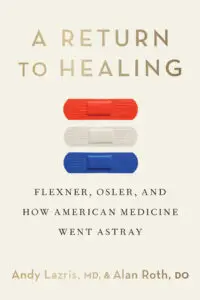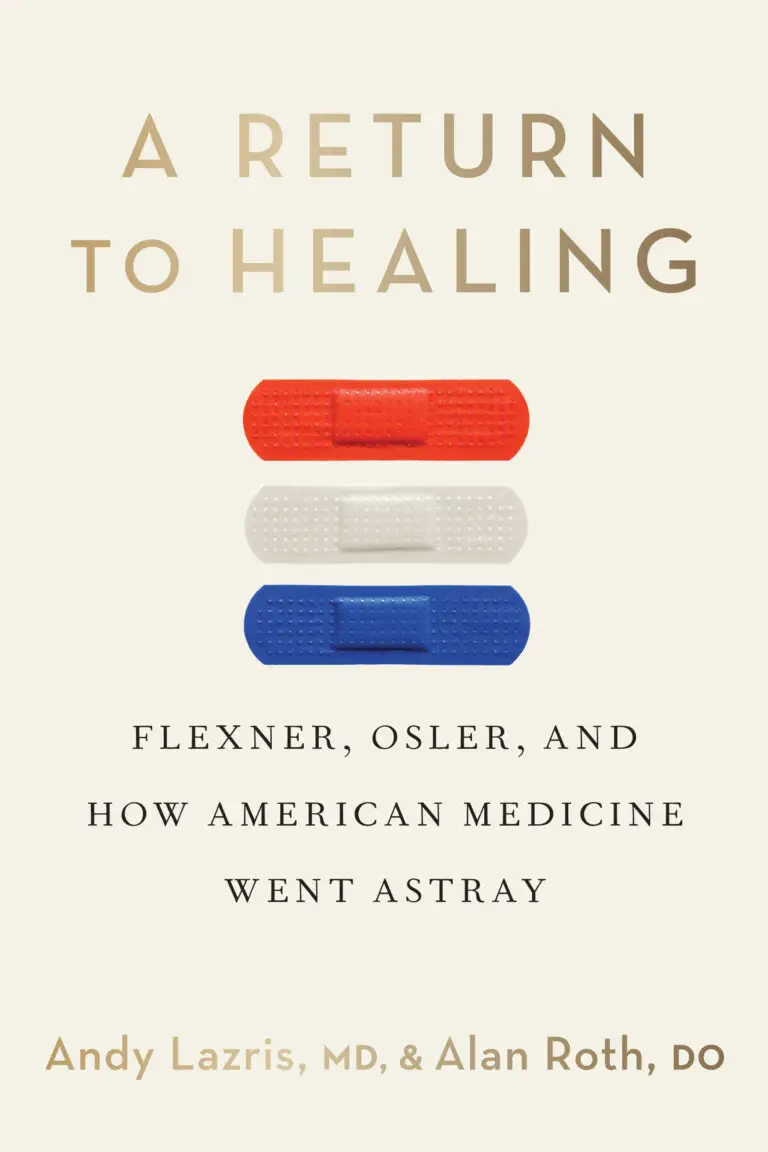When assumptions replace diagnosis, patients pay the price. Discover how diagnostic overshadowing leads to real harm—and how to prevent it.
Diagnostic overshadowing happens when a patient’s symptoms are wrongly attributed to an existing diagnosis—often a mental or physical disability. This common cognitive error leads to misdiagnosis, delayed treatment, and serious harm—especially in older adults, patients with psychiatric illness, and those with disabilities.
In this important article from American Family Physician, Drs. Andy Lazris and Alan Roth, along with patient advocates Helen Haskell and John James, expose how diagnostic overshadowing reflects deep-rooted problems in our healthcare system—including bias, stigma, and over-reliance on assumptions.
What Is Diagnostic Overshadowing?
Diagnostic overshadowing occurs when a healthcare provider misattributes a patient’s symptoms to an existing condition. For example, a patient with dementia or anxiety might report chest pain or dizziness. Instead of investigating thoroughly, the provider may assume the symptoms are “just anxiety” or behavioral. This mindset can delay critical diagnoses like strokes, infections, or even cancer.
Several cognitive biases make diagnostic overshadowing more likely:
Anchoring bias keeps the focus on the first diagnosis, even when new symptoms emerge.
Premature closure leads to hasty decisions without full evaluation.
Implicit bias causes assumptions based on age, gender, disability, or mental illness.
Importantly, clinicians with either limited or extensive experience are especially vulnerable to these errors. They may overlook red flags, not out of malice, but due to habitual thinking and time pressure. As a result, patients are denied the thorough care they deserve.
Overshadowing in Real Life: How Patients Suffer
The article shares cases where real patients—especially those with intellectual or physical disabilities—were misdiagnosed due to physician assumptions. In one example, a patient in a nursing home repeatedly said her head hurt and that she felt like she was dying. Her symptoms were ignored until it was too late—a brain hemorrhage had been missed.
The consequences of diagnostic overshadowing go beyond poor care:
Missed or delayed diagnoses
Unnecessary psychiatric medication
Lack of respect for patient voices
Increased stigma and fear around seeking care
This article serves as both a warning and a guide for how to listen better, evaluate thoroughly, and avoid labeling patients in ways that limit their access to quality care.
A Return to Healing: See the Patient, Not Just the Diagnosis
Diagnostic Overshadowing ties directly into the core message of A Return to Healing: good care starts with seeing patients as whole people, not a set of labels. That means slowing down, asking the right questions, and staying curious—even when a diagnosis already exists.
Clinicians must challenge their assumptions. Patients and families should feel empowered to ask: “Does this diagnosis explain all the symptoms?”
This article is a must-read for providers, caregivers, and anyone working to restore true patient-centered care.







